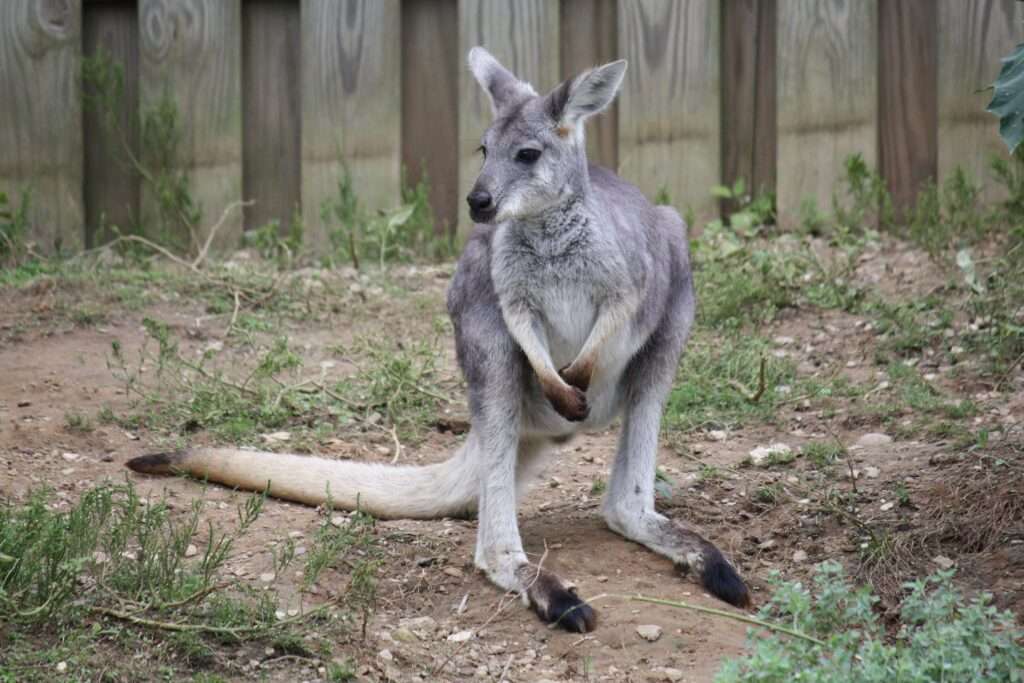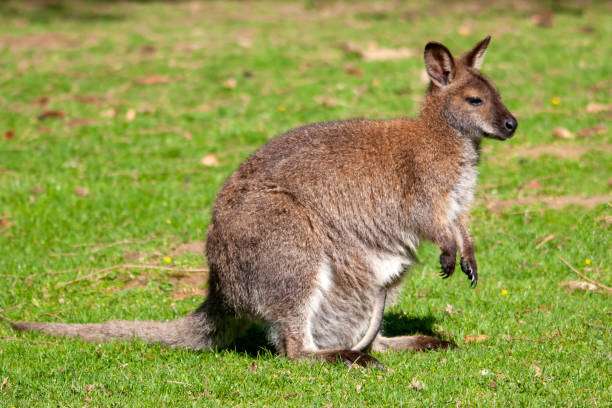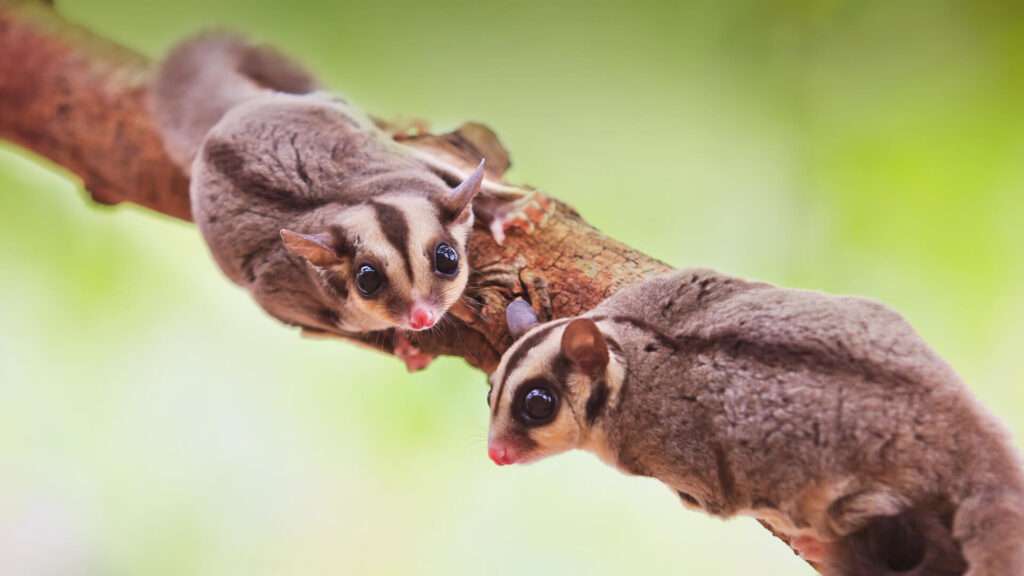
Description
Scientific name: Macropus robustus
Life span: Up to 18- 20 years in captivity
Wallaroos are bipedal marsupials that have coats that range in color from light gray to black. Their length ranges from 100- 140 cm. Males are bigger than females, who weigh 18- 24 kg and range in weight from 27 – 41 kg. They are thought to have shorter, broader torsos and shortened legs as adaptations to their rocky environment. Additionally, they have short, broad rear feet and strong legs that allow them to leap up to 4 meters. For added traction, the bottoms of the feet are roughened.
Native Region/Habitat
Wallaroos are endemic to New South Wales, Queensland, Australia, and Pilbara. They inhabit caves, rocky mountains, hills, and shrublands.
As Pet

Behavior/Temperament
Wallaroos jump about on their enormous hind legs. They often move via locomotion to new feeding locations. Males occasionally engage in physical combat, or “boxing,” with one another. Males often kickbox until one opponent concedes using their strong feet. In order to preserve the social structure or get accessibility to females for breeding, men exhibit power. They train one another to communicate with one another. While grooming happens between all people, it happens more frequently between young children and their moms. Males seldom ever groom one another.
Care/Grooming
Wallaroos should be maintained in specially made suspended, thick pouches with an inner lining made of cotton and wool while they are young. This pouch requires frequent cleaning. They should have a cage that offers security and mental stimulation because they are quite sensitive to stress. Lack of cover, food stations, and resting areas might all be stressors. The enclosure has to be thoroughly cleaned frequently. To prevent illness and contamination from other pests and rodents, it is necessary to regularly clean up droppings and food waste. Food should be given most often on a suspended feeding dish and hopper to reduce infection.
Table





